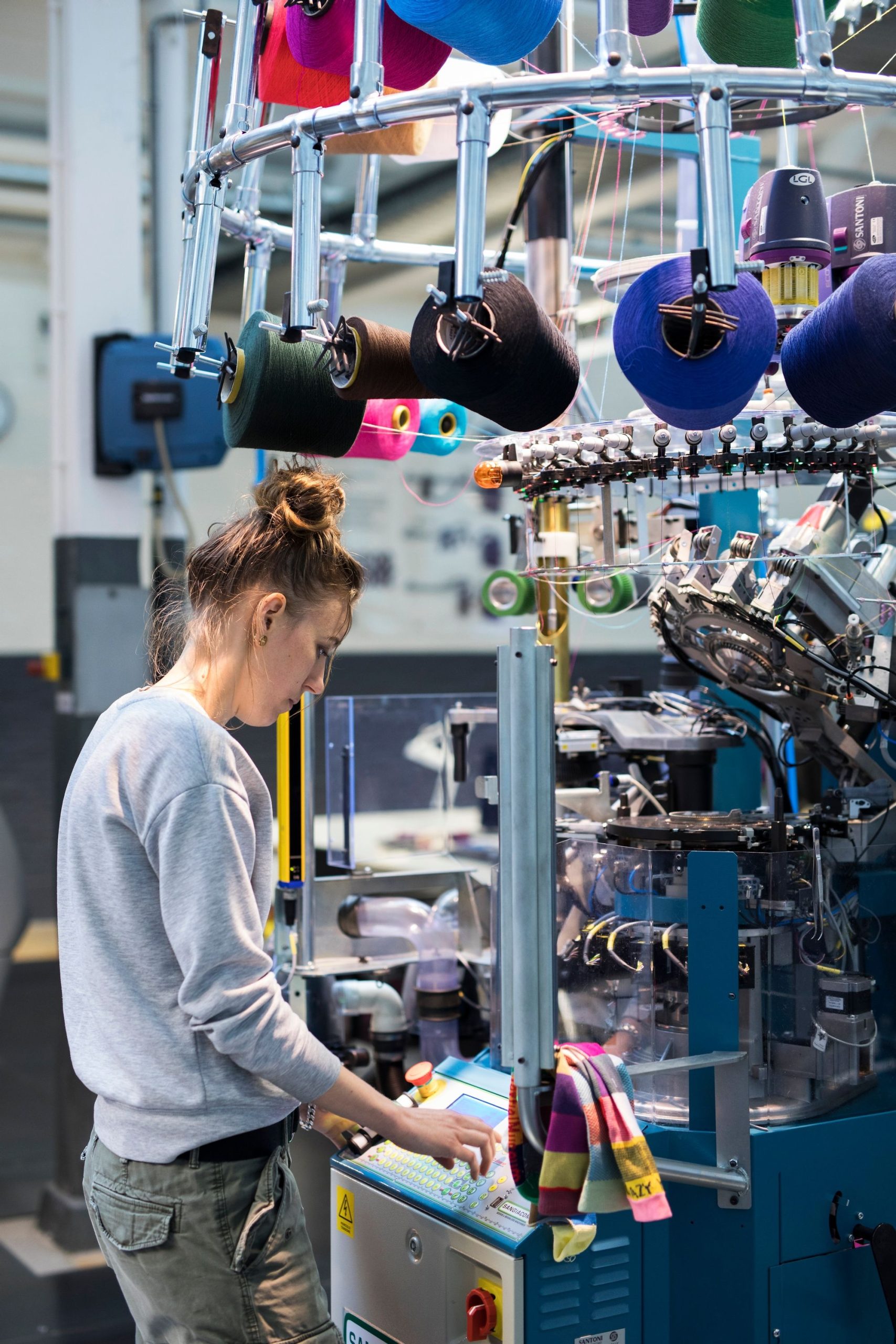Textile Production Process: From Fabric to Fashion
Textile industry involves a complex process that transforms raw materials into the finished products we wear. This journey from fabric to fashion is a fascinating one, involving multiple steps, each contributing to the final outcome. Let’s delve into the detailed process of textile production.
- Fabric Selection and Preparation
Fabric Choice: The type of fabric is selected based on the intended use of the garment, the season, and current fashion trends. Common fabrics include cotton, polyester, viscose, and blends.
Fabric Preparation: Selected fabrics undergo processes such as dyeing, printing, and finishing to achieve the desired color, pattern, and texture. - Pattern Making and Cutting
Pattern Creation: Patterns are created based on the garment design, taking into account measurements and specifications.
Cutting: Using computerized cutting machines, fabric is cut precisely according to the patterns. This automation ensures accuracy and efficiency. - Sewing
Assembly: Cut fabric pieces are sewn together using industrial sewing machines to form the garment.
Detail Addition: Zippers, buttons, and other embellishments are added during this stage. - Printing and Embroidery
Printing: Designs are applied to fabrics using various printing techniques, including screen printing, digital printing, and heat transfer.
Embroidery: Intricate designs and logos are stitched onto the fabric using embroidery machines. - Quality Control
Inspection: Each garment undergoes a rigorous quality control process to identify any defects, such as stitching errors or color inconsistencies.
Defect Correction: Any issues are corrected before the garment proceeds to the next stage. - Finishing and Packaging
Finishing Touches: Garments are pressed, steamed, and folded to give them a polished appearance.
Packaging: Finished products are carefully packaged and labeled, ready for distribution.
Technological Advancements in Textile Production
The textile industry has experienced significant technological advancements in recent years, leading to increased efficiency, sustainability, and customization. Some key technologies include:
Computer-Aided Design (CAD): CAD software is used to create detailed patterns and simulate the final product.
Computer-Aided Manufacturing (CAM): CAM systems control automated cutting, sewing, and embroidery machines for precision and speed.
3D Printing: 3D printing technology is being explored for creating unique and customized garments.
Smart Textiles: Incorporating electronics and sensors into fabrics to create functional and interactive clothing.
Sustainable Materials: The industry is focusing on developing sustainable materials and processes to reduce environmental impact.

No responses yet